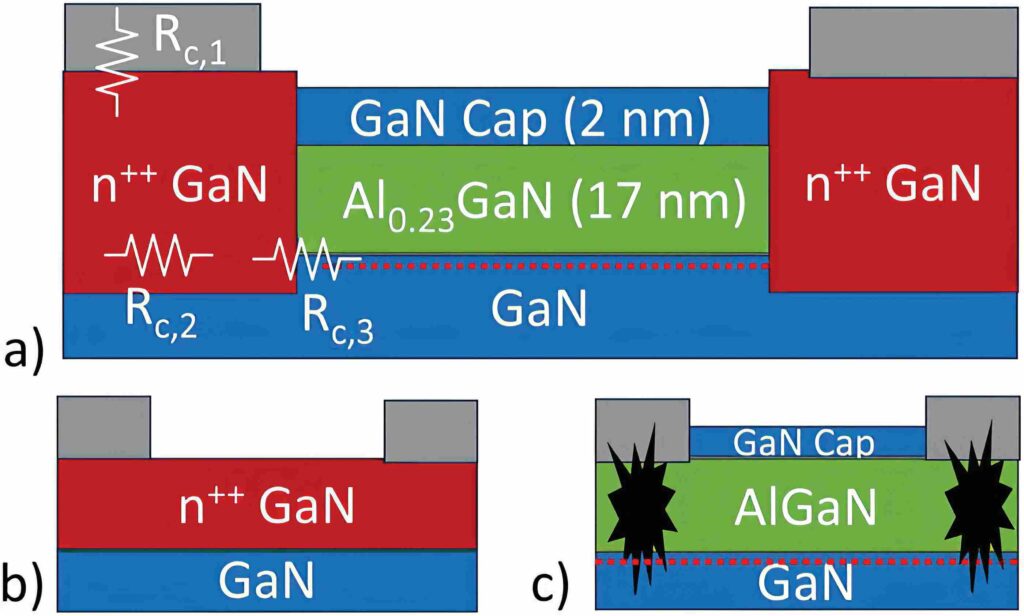Testing gallium nitride power at high temperatures

Researchers in the USA are finding a way to use gallium nitride (GaN) power devices at high temperatures, writes Nick Flaherty.
A team at the Massachusetts Institute of Technology (MIT) is investigating the impact of temperature on ohmic contacts in a gallium nitride device.
The team found extreme temperatures did not cause significant degradation to the gallium nitride material or contacts, and found they were structurally intact when held at 500 C for 48 hours.
Understanding how contacts perform at extreme temperatures is a key step in developing high-performance transistors.
“Transistors are the heart of most modern electronics, but we didn’t want to jump straight into making a gallium nitride transistor because so much could go wrong. We first wanted to make sure the material and contacts could survive, and figure out how much they change as you increase the temperature. We will design our transistor from these basic material building blocks,” says researcher John Niroula. “No one has really studied what happens when you go all the way up to 500o.”
The team added ohmic contacts to GaN devices using the two most common methods. The first involves depositing metal onto the gallium nitride and heating it to 825 C for about 30 seconds to anneal the metal.
The second involves removing chunks of gallium nitride and using a high-temperature technology to regrow highly doped gallium nitride in its place.
“Contacts made with both methods seemed remarkably stable,” says Niroula.
ONLINE PARTNERS































